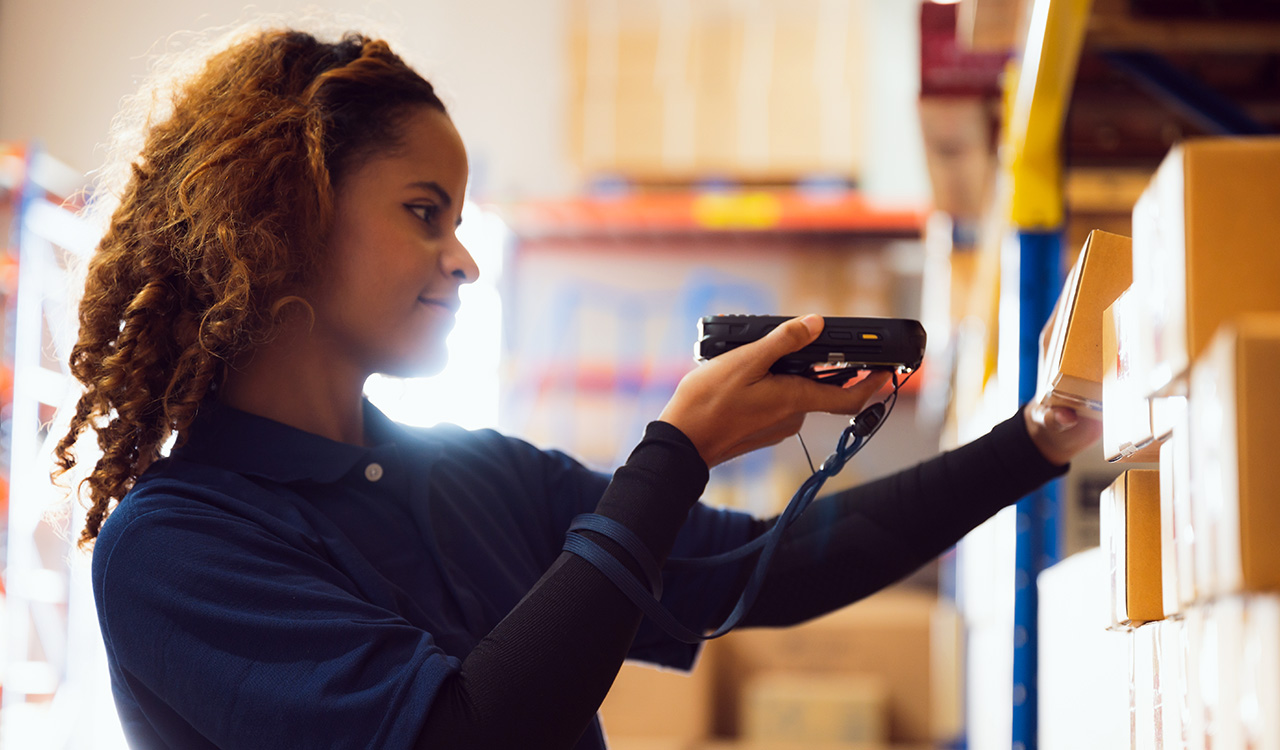Telecom & Technology Consulting

In the 21st century, retailers are constantly adapting to new market conditions by implementing ever-innovative technology. One primary – and very recent – example is how brands are adjusting to the rise of the “deskless” employee.
Deskless workers are just that – they spend most of their time on their feet, interacting with customers and products. And retailers are counting on them more this year, as we continue to see a post-pandemic increase of in-store foot traffic. Actually, many leading retail researchers believe store traffic will equal, or perhaps surpass, pre-pandemic levels by late 2024.
To meet this brick-and-mortar consumer demand, brands have been deploying new applications to aid deskless workers. These applications are crucial for switching back and forth between real-world customer interactions, product searches, inventory checks, training, scheduling, and task management.
Technology like this provides a boost for productivity and satisfying customer needs. Yet there’s also a downside to having access to so much “help”: Deskless workers typically use six or more applications each day, and studies indicate that each worker wastes 62 days a year by merely navigating between applications.
Retailers simply can’t afford to endure that level of inefficiency. That 62 days’ worth of time should go toward increasing sales and developing rapport (and loyalty) with consumers.
This is why retailers have been providing their workers with a single app that can manage all their vital tasks and job functions. With everything they require within a single app, housed on a singe device, workers can instantly switch from one thing to the next: training, pay and benefits information, and of course an array of customer service functions. Not only does a universal app delight employees, they also get back more time to deliver world-class customer experiences.
Apps like this offer an intuitive, self-guided system that streamlines the complete deskless employee workflow. This is critical, because although more than 90% of workers say that technology helps them with common job requirements, they also say that the majority of systems and applications are difficult to use.
Due to that common scenario, many retailers are turning to tech companies that build customized experiences for specific brand and employee needs. These apps are successful because cloud-enabled enterprise system APIs, AI, and low-code platforms have allowed developers to build with efficiency.
And this tool has arrived at an ideal time for retailers. While many of today’s customers make their purchases online, they first visit stores to get advice from associates and perform research. That’s a large reason why foot traffic at brick-and-mortar stores has steadily risen since the end of the pandemic. Which means that each consumer interaction is exponentially more important, since loyalty can be won or lost based on a single experience.
Retailers can’t overlook the fact that each customer interaction represents a chance for employees to build trust on behalf of the brand. Apps for deskless workers accelerate that trust by providing consumers with exceptional service.
It’s a simple equation: Workers spend less overall time with customers while providing them with a higher quality of service. The trickle down effect for leaders is increased profitability and more competitive advantage. And all due to a single app.